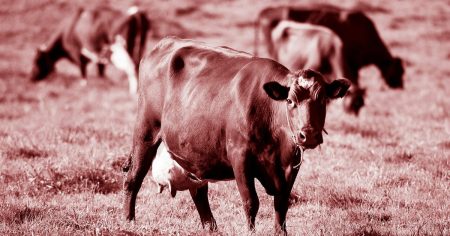The Swedish government-commissioned Forest Policy Inquiry, tasked with balancing the competing interests of forestry, environmental protection, and Sami reindeer husbandry, has released its much-anticipated final report. While the inquiry has walked back a previously leaked proposal that would have significantly restricted forestry activities in mountain-adjacent forests, the final version still contains several controversial recommendations that have drawn sharp criticism from opposition parties and environmental organizations. The initial leak, which suggested extensive protection of these valuable ecosystems, sparked a heated debate, with forestry interests arguing it would cripple the industry and Sami reindeer herders expressing concerns about the potential impact on their traditional grazing lands. The final report, while softening its stance on mountain-adjacent forests, continues to propose measures that critics argue prioritize industrial forestry over biodiversity and cultural heritage.
One of the key points of contention revolves around the proposed changes to the designation and management of ”key biotopes,” small areas of high conservation value within managed forests. The inquiry suggests streamlining the process for identifying and protecting these biotopes, a move that critics fear will weaken existing protections and lead to a net loss of biodiversity. They argue the streamlined process may overlook critical habitats and prioritize economic interests over ecological integrity. Furthermore, concerns have been raised about the proposed shift in responsibility for managing key biotopes from forest owners to the Swedish Forest Agency. This transfer, critics argue, could lead to inconsistencies in management practices and a dilution of responsibility for preserving these vital ecological pockets. Ultimately, they fear this weakened protection of key biotopes will negatively impact the overall health and resilience of Swedish forests.
The inquiry also tackles the complex issue of balancing forestry with reindeer husbandry, particularly in the context of increasing pressure on forest resources. While acknowledging the vital role of reindeer herding in Sami culture and the economy, the report proposes measures that some Sami representatives fear will further marginalize their traditional livelihoods. Critics argue that the proposed mechanisms for resolving conflicts between forestry and reindeer herding are inadequate and unfairly biased towards forestry interests. They also express concern that the report fails to adequately address the cumulative impacts of forestry activities on reindeer grazing lands, including habitat fragmentation and loss of crucial forage species. This ongoing tension highlights the delicate balance needed to ensure the sustainability of both forestry and reindeer husbandry in Sweden.
The reaction from opposition parties and environmental organizations has been swift and predominantly negative. The Green Party, in particular, has voiced strong opposition to the inquiry’s recommendations, arguing that they represent a step backwards for environmental protection and a betrayal of the government’s commitment to sustainable forestry. They criticize the report for prioritizing short-term economic gains over long-term ecological sustainability. Green Party spokesperson Amanda Lind echoed the sentiments of many environmental advocates, stating that their ”fears have been confirmed” by the final report. Environmental organizations have also expressed deep disappointment, arguing that the inquiry fails to adequately address the urgent need to protect and restore Sweden’s forests in the face of climate change and biodiversity loss.
The final report’s recommendations also delve into the economic aspects of forestry, proposing measures aimed at streamlining permitting processes and incentivizing sustainable forestry practices. While the inquiry emphasizes the importance of balancing economic considerations with environmental protection, critics argue that the proposed measures unduly favor the forestry industry and fail to adequately address the externalities associated with intensive forestry. They point to the potential for increased clear-cutting, which can have negative impacts on biodiversity, water quality, and carbon sequestration. Concerns have also been raised regarding the potential for these economic incentives to lead to a focus on monoculture plantations, further reducing biodiversity and ecosystem resilience. The debate over the economic aspects of the report highlights the ongoing struggle to find a sustainable balance between economic growth and environmental protection within the forestry sector.
Looking ahead, the release of the Forest Policy Inquiry’s final report marks a crucial juncture in the ongoing debate over the future of Swedish forests. The government now faces the challenging task of considering the inquiry’s recommendations and formulating a revised forest policy that balances the competing interests of various stakeholders. The strong opposition from environmental groups and opposition parties suggests that the road ahead will be fraught with contention, particularly regarding the proposed changes to key biotope management and the balance between forestry and reindeer husbandry. The government’s response to this report will have profound implications for the long-term health and sustainability of Sweden’s forests, its biodiversity, and the cultural heritage of the Sami people. Ultimately, the challenge lies in crafting a policy that ensures the long-term ecological integrity of these vital ecosystems while also supporting the economic livelihoods dependent on them.














